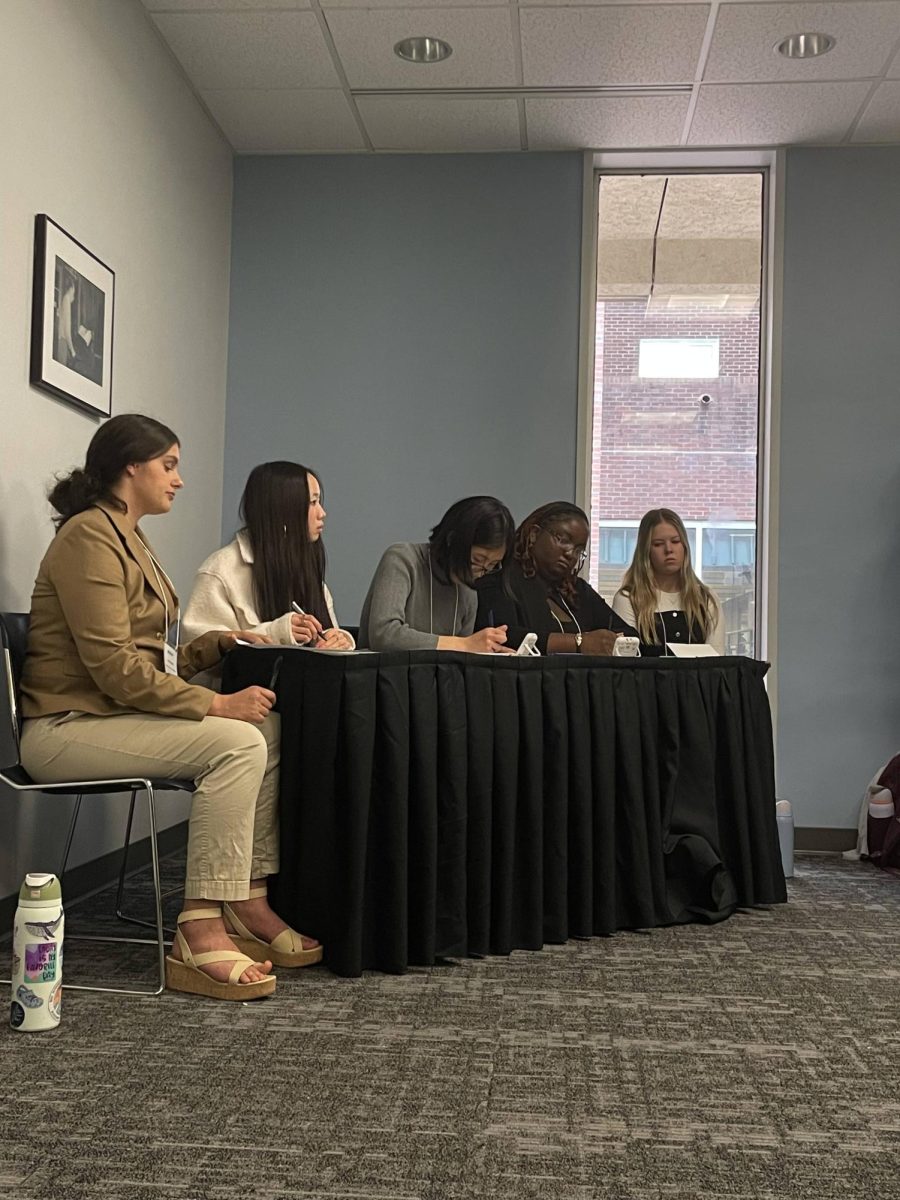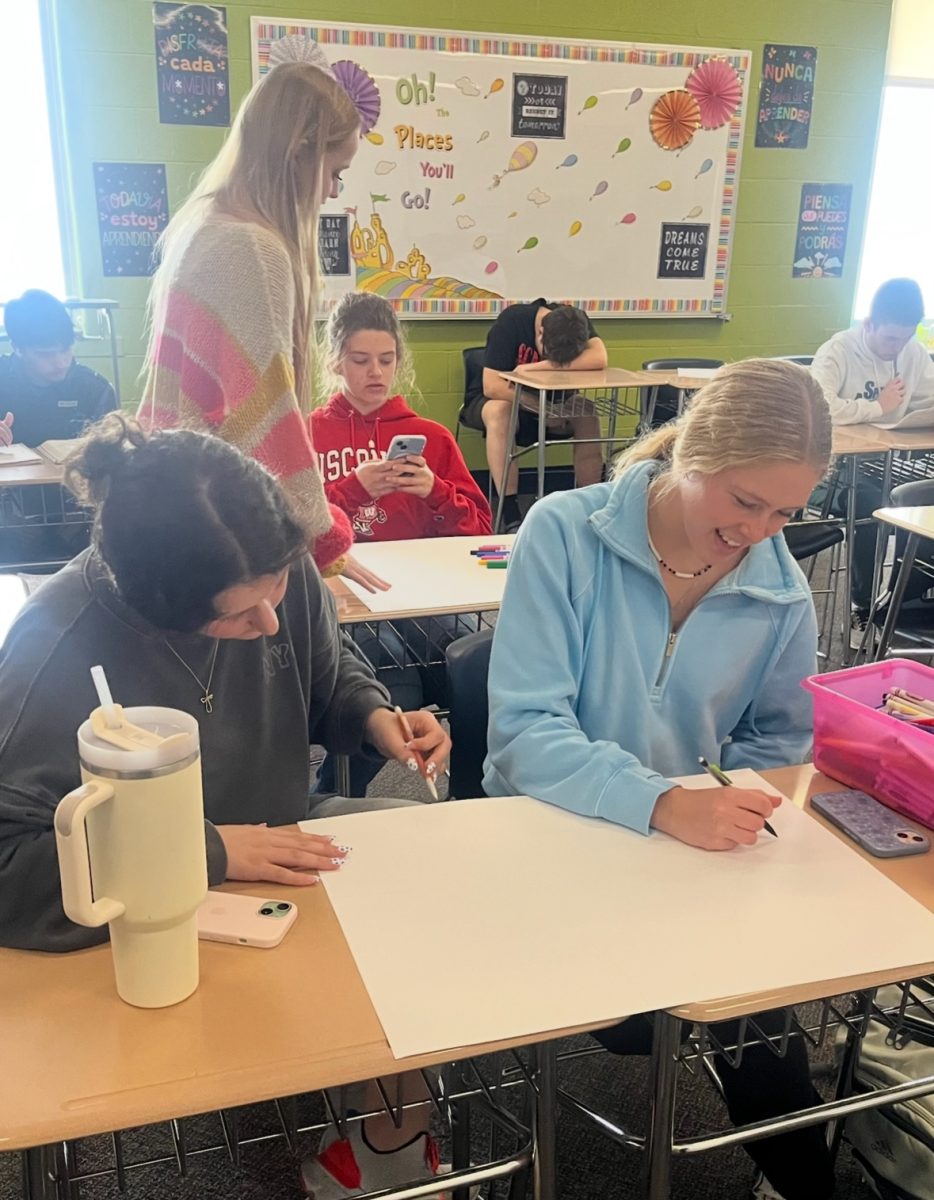High school is a time to find out who you truly are. For many students, the question, “Am I an extrovert or introvert?” helps them determine their paths.
When deciding whether one is more introverted or extroverted, many would look first towards their own actions. “A more extroverted person is usually someone who seeks out personal interaction everywhere,” said PV high school psychologist, Aaron Roome. “While an introvert is completely opposite. They have very indirect body language.”
One thing many may not know is how being more introverted or extroverted affects your energy levels. Roome mentioned, “For a more extroverted person, interaction with a lot of people actually increases your energy levels whereas for someone who is more introverted, it does the opposite.”
Many would guess they are aware of where they believe they fall on the scale. Senior Peggy Klingler mentioned how she felt she was much more of an extrovert. “I have a loud personality and I enjoy being around lots of people,” she said.
There is also another side of the story: people who feel they relate to both. “I feel I behave more introverted around strangers and extroverted around close friends,” said senior, Rachel Redeker. Roome also identified this natural occurrence. “No one falls in a binary way, we are not just one or another,” he said. “If someone was only one or another we would be extremely concerned.”
Roome mentioned one of the most effective ways to identify where one would fall on the scale is through self-reflection. “I work with students on thinking outside of their shoes,” he said. “Exercising perspective-taking is important.”
Another popular way to identify where one would fall by conducting the Myers-Briggs test. This test comes from the Myers & Briggs Foundation where the founder, Isabel Briggs Myers, believes “It is up to each person to recognize his or her true preferences.”
One of the main points made by the foundation is that, “Everyone spends some time extraverting and some time introverting. Don’t confuse Introversion with shyness or reclusiveness. They are not related.”
After each taking the test, both Klingler and Redeker fell where they expected. Klingler was about 68 percent extroverted, and Redeker fell balanced between the two.
Many of the now 10,000 companies, 2,500 colleges and universities and 200 government agencies in the United States who use the test have been able to make efficient conclusions about their personalities. “I would say it depends on what you are looking for as an answer; it definitely prompts further thinking instead of clear answers,” said Roome.
A similar topic that connects to this discussion is the idea of nature versus nurture. “We are a being or a product of our environment,” said Roome. “We could be and should be impacted by both sides.”
He commented on how specific frontal lobe research has been done to dive deeper into the idea of introvert vs extrovert. Brain scans have come back that show who is more one or the other, but never only one side. “It will depend on your environment and how people around you act,” said Roome.
When looking at the importance of identifying if you are more introverted or extroverted, there is the popularity of mixed answers. “I feel like if you didn’t know where you ended up it would be easier because you wouldn’t base decisions off of one thing,” said Klingler.
On the other hand, Redeker added, “Knowing helps you understand how you react or communicate with others.” Roome agrees with that statement. “As you get into the workforce, knowing how you learn and how you work with others can lead to more satisfaction,” he said.
Despite common misconception, an introvert is not necessarily shy and an extrovert is not necessarily loud. Everyone carries a little of each trait.
Finding out where a person falls on that spectrum can help determine which of life’s paths will bring the most satisfaction.









